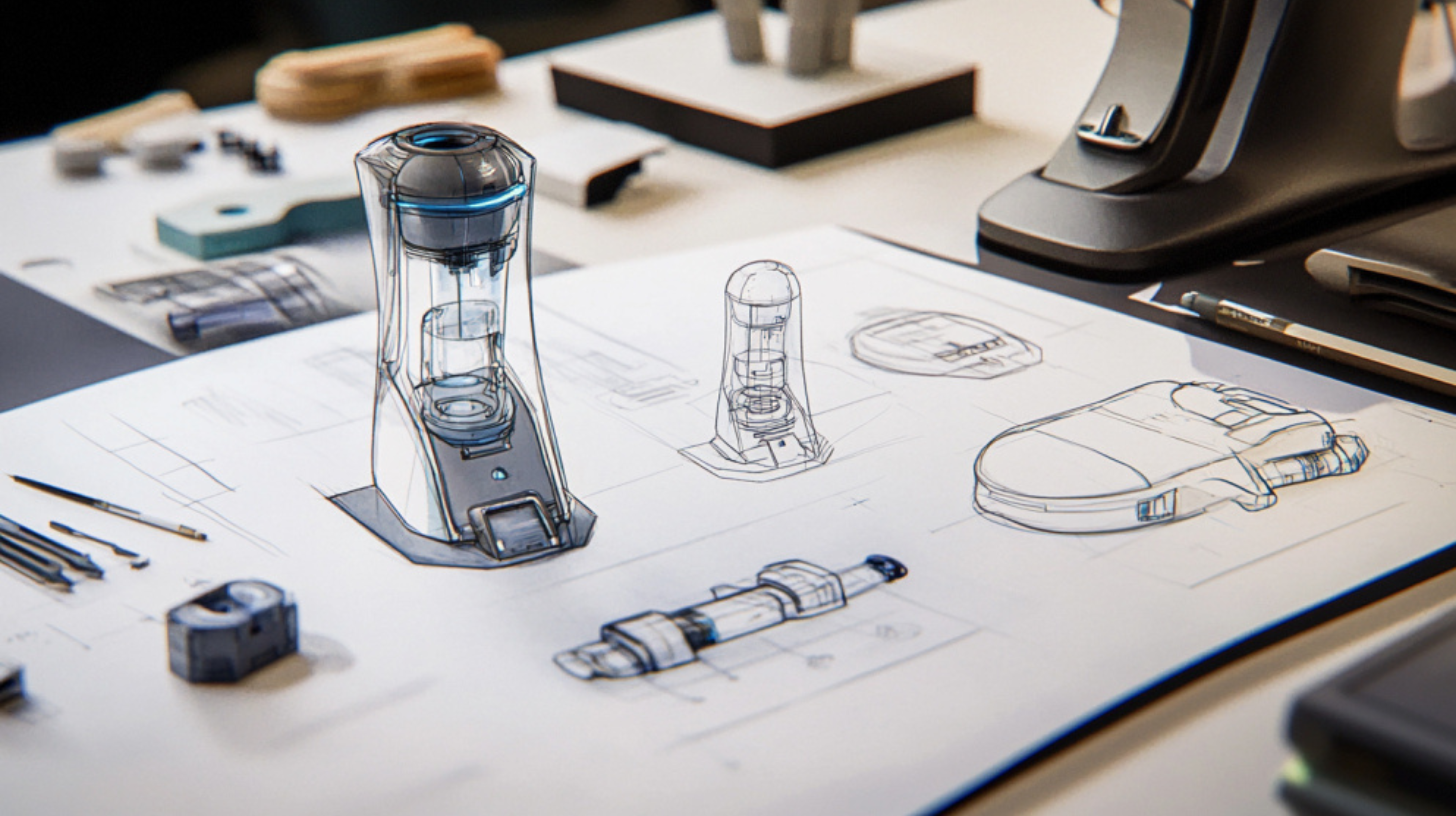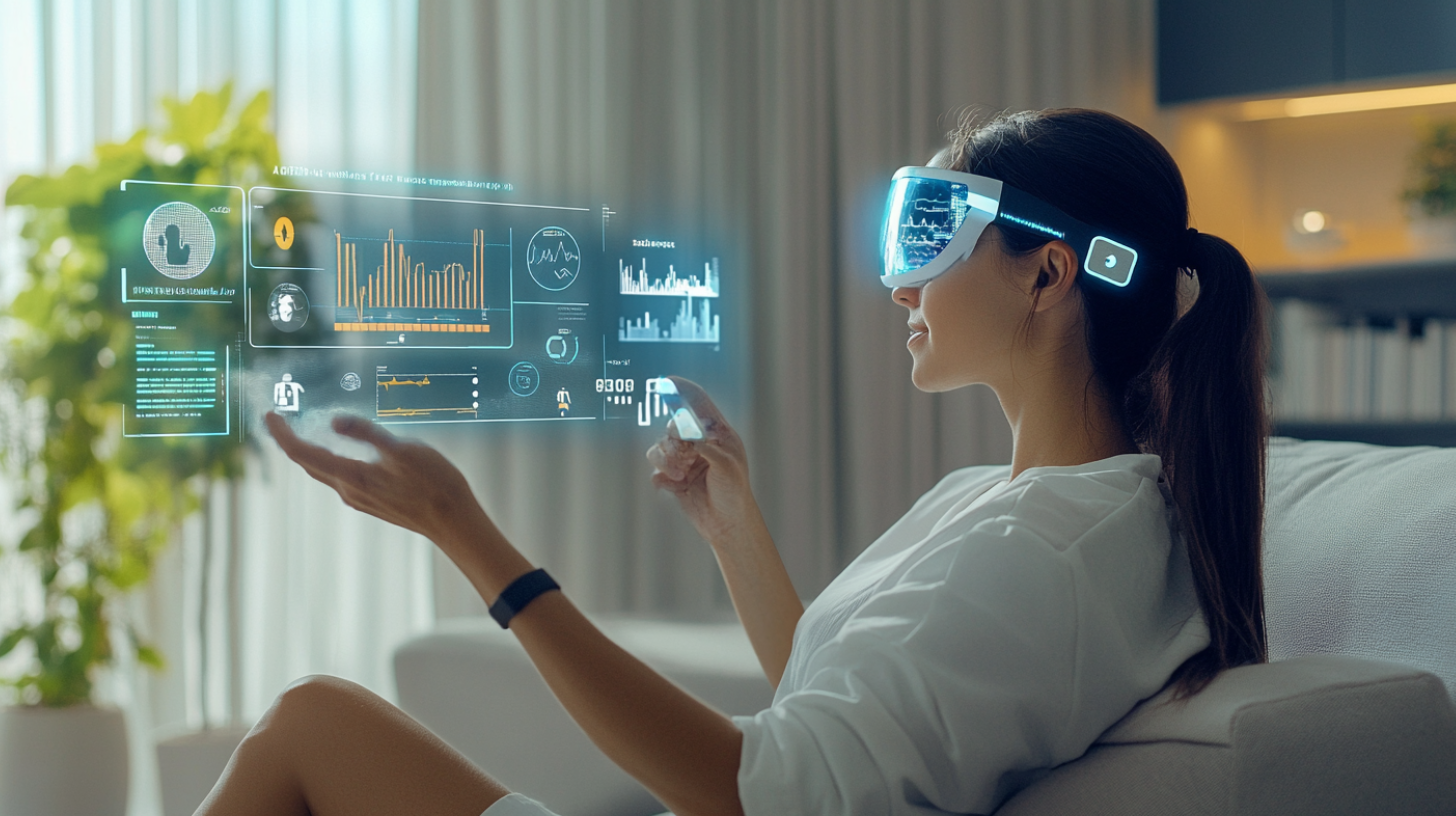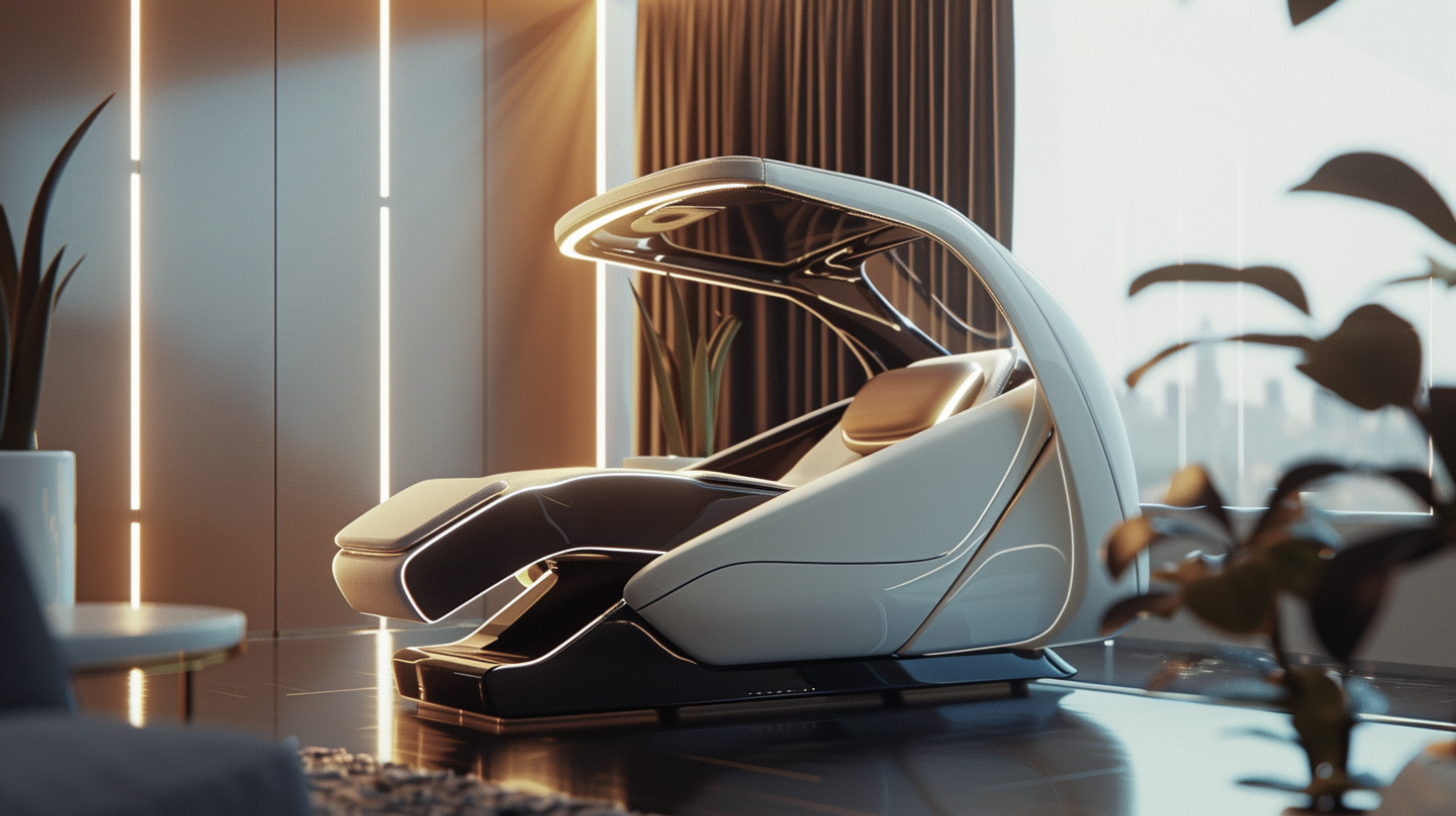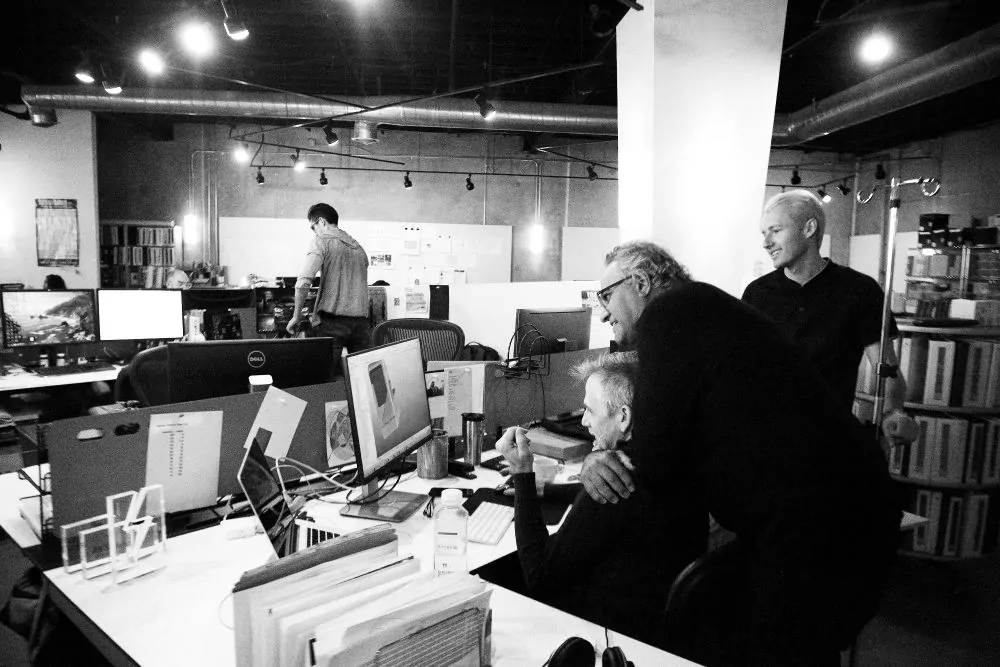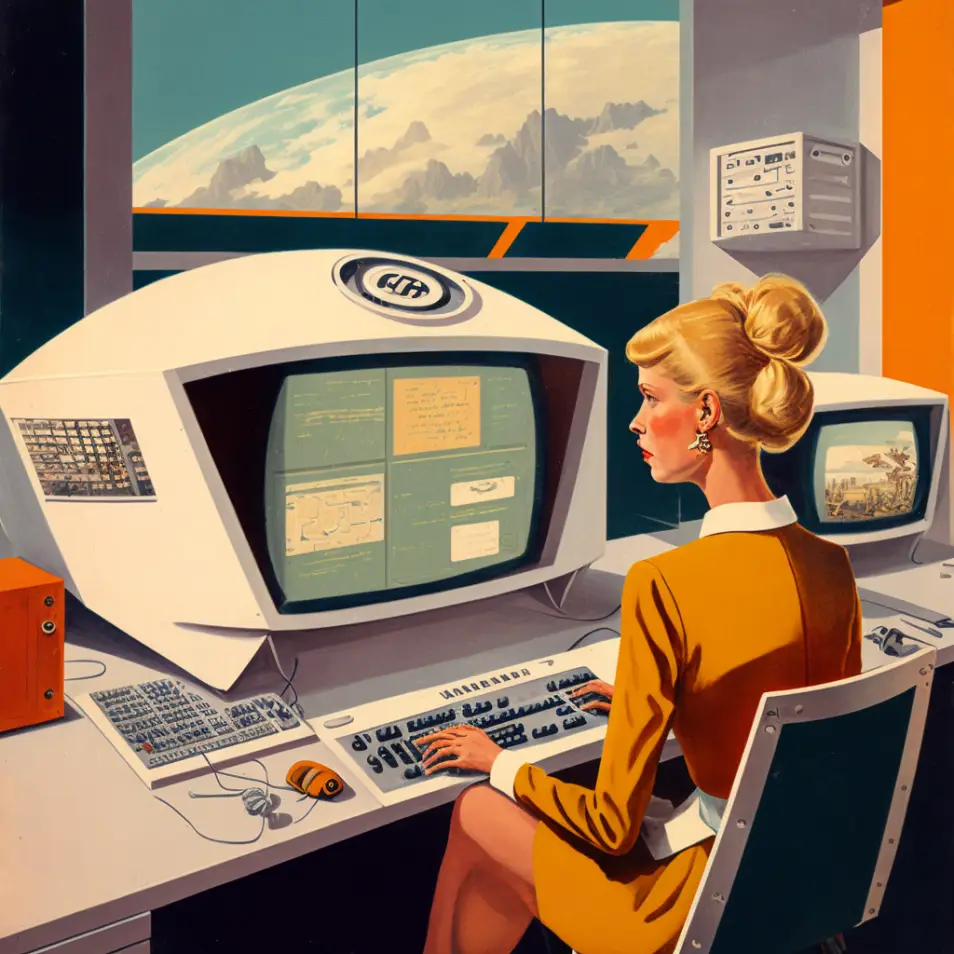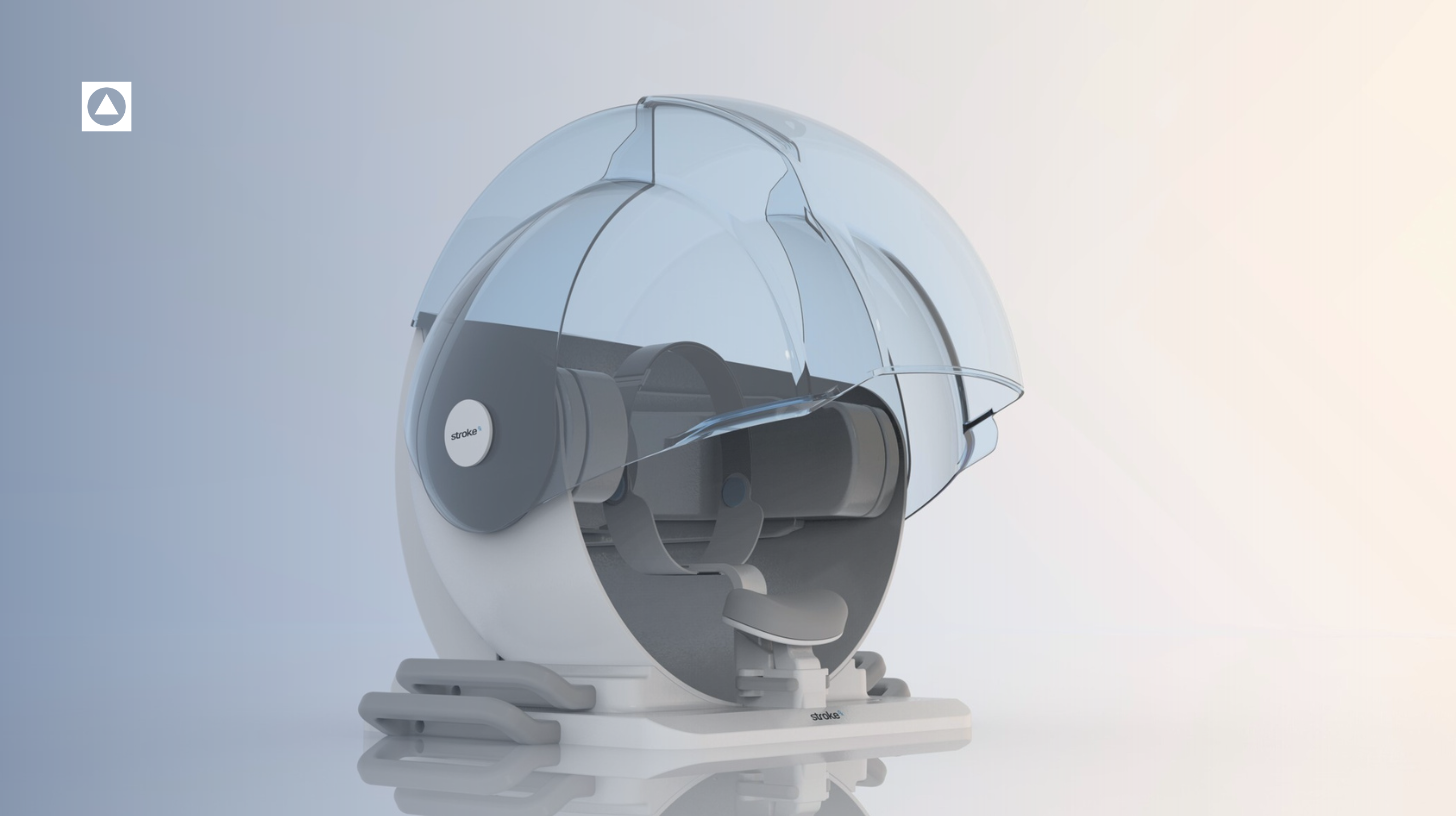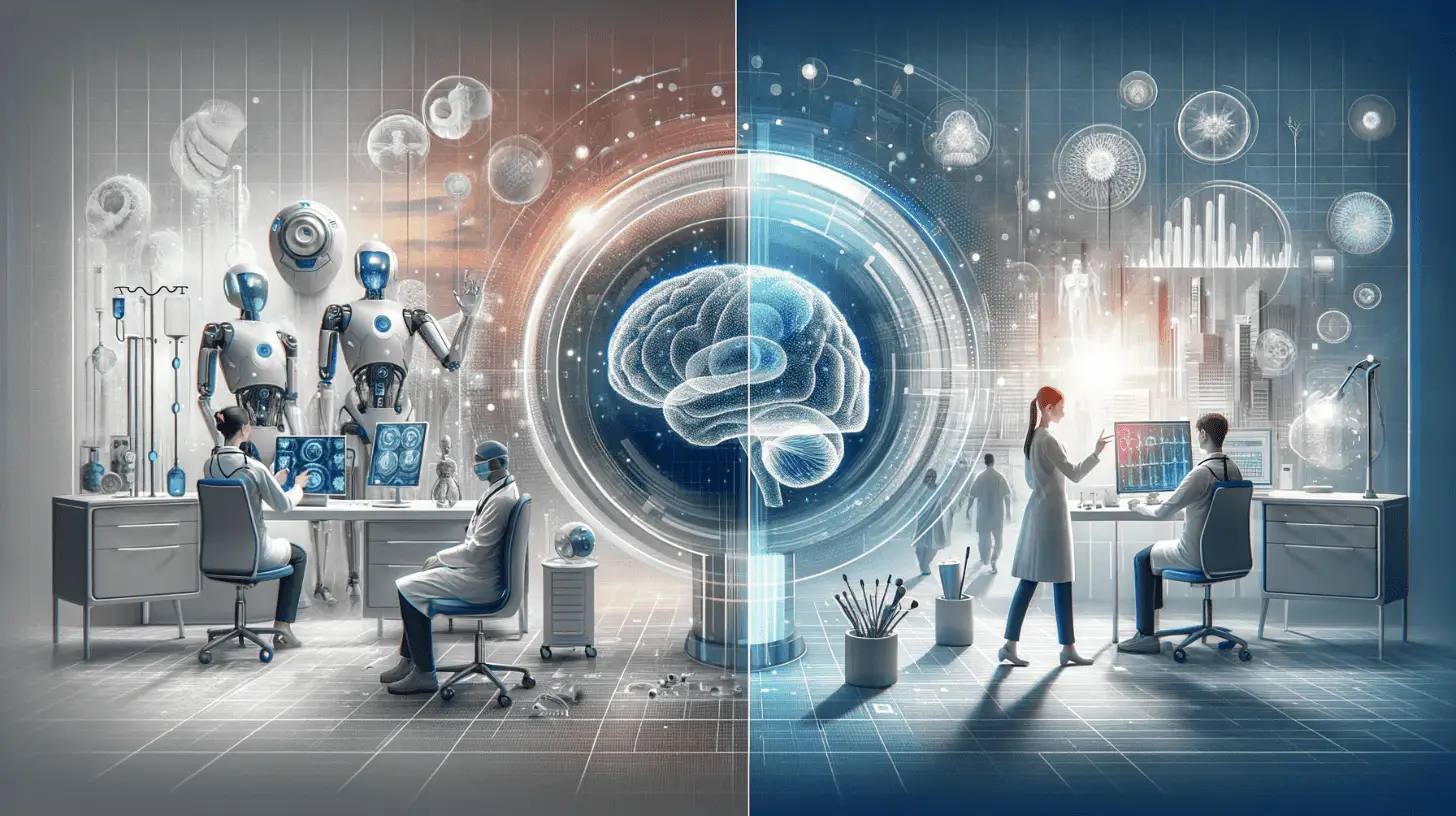Our UI/UX team met to distill some of the more interesting trends for 2023, and ones we are keeping our eyes on.
From innovative new technologies to emerging design principles, there are always exciting developments happening in UI/UX. In this blog post, we’ll take a look at 5 UX/UI trends in 2023 that every designer should be aware of.
Read on to explore, investigate and inquire about what is going to gain popularity in UX/UI this year.
1. Eco-Friendly Web-Design
How Eco-Friendly Web Design Will Make the Internet a Better Place
Eco-friendly web design focuses on reducing the environmental impact of the web by minimizing energy consumption, using sustainable resources, and reducing waste. We predict this approach will gain a lot of traction in 2023 because it not only helps to minimize the environmental footprint of the web but also makes the internet a better place for users. Websites that are designed with eco-friendly principles in mind tend to load faster and are more accessible to users with slow internet connections, which improves the overall user experience. Additionally, by using sustainable resources, eco-friendly web design helps to reduce the carbon footprint of the web, and it also helps to reduce the environmental impact of the web servers. This trend is gaining popularity as more and more people are becoming aware of the environmental impact of the internet and are looking for ways to reduce their own digital footprint. Additionally, with the rising concerns about climate change, consumers are becoming increasingly conscious of the environmental impact of the products and services they use and are looking for sustainable alternatives. Eco-friendly web design is a trend because it addresses these concerns and makes the internet a better place for users and the environment.
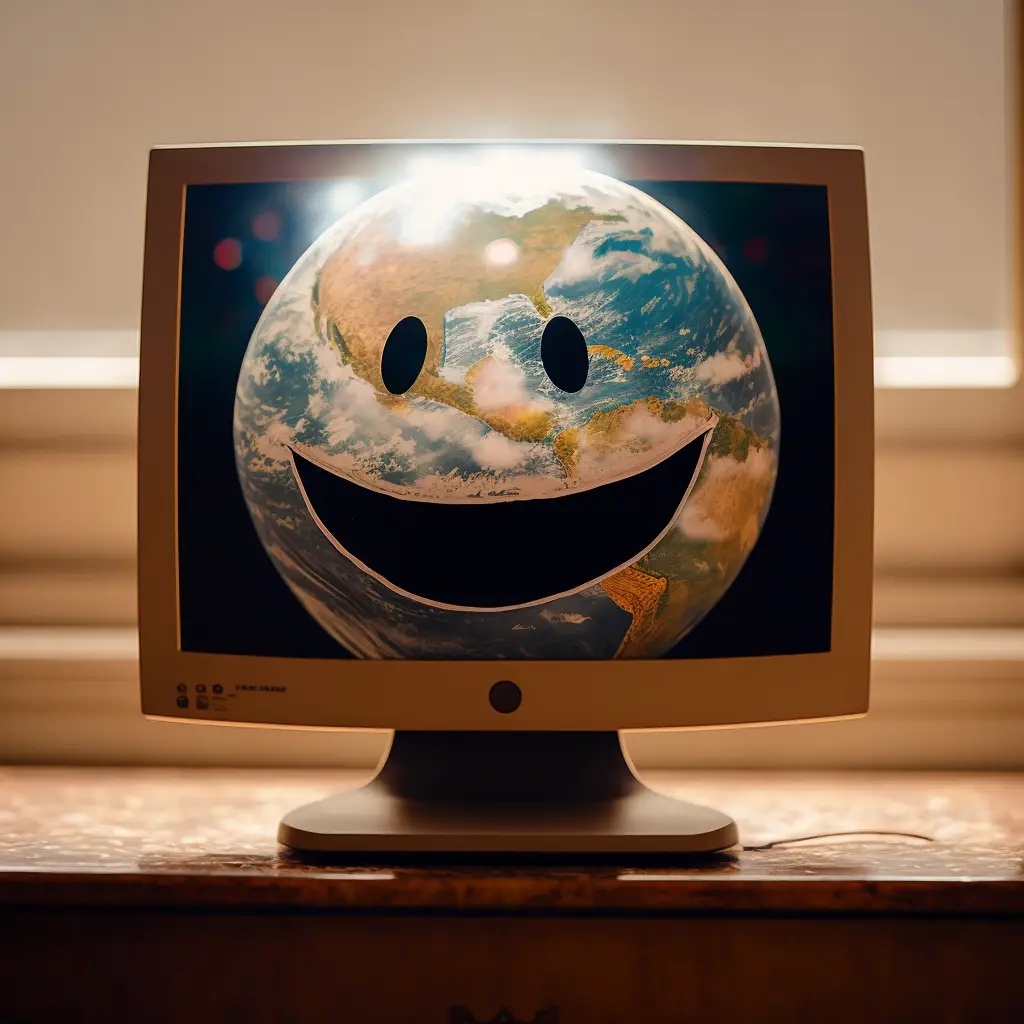
2. Designing with Voice-Friendly Interface
How Designing for Voice will Revolutionize UI/UX
Designing for voice-friendly interface is about creating a user experience that is optimized for voice commands and natural language processing. It involves designing interfaces that are easy to navigate and understand using voice commands and making sure that the system can understand and respond to a wide range of queries. This approach is becoming more popular as more people are using voice assistants like Alexa and Google Home in their daily lives, and as a result, there is a growing demand for products and services that are optimized for voice commands. Additionally, as technology continues to advance, natural language processing is becoming more sophisticated, making it easier for users to interact with voice-enabled devices. With the rise of voice assistants and smart speakers, voice-friendly interfaces will become increasingly important as they offer a more natural and efficient way for users to interact with technology. This trend is driven by the convenience and ease of use that voice-friendly interfaces provide, which makes them more accessible for people of all ages and abilities.
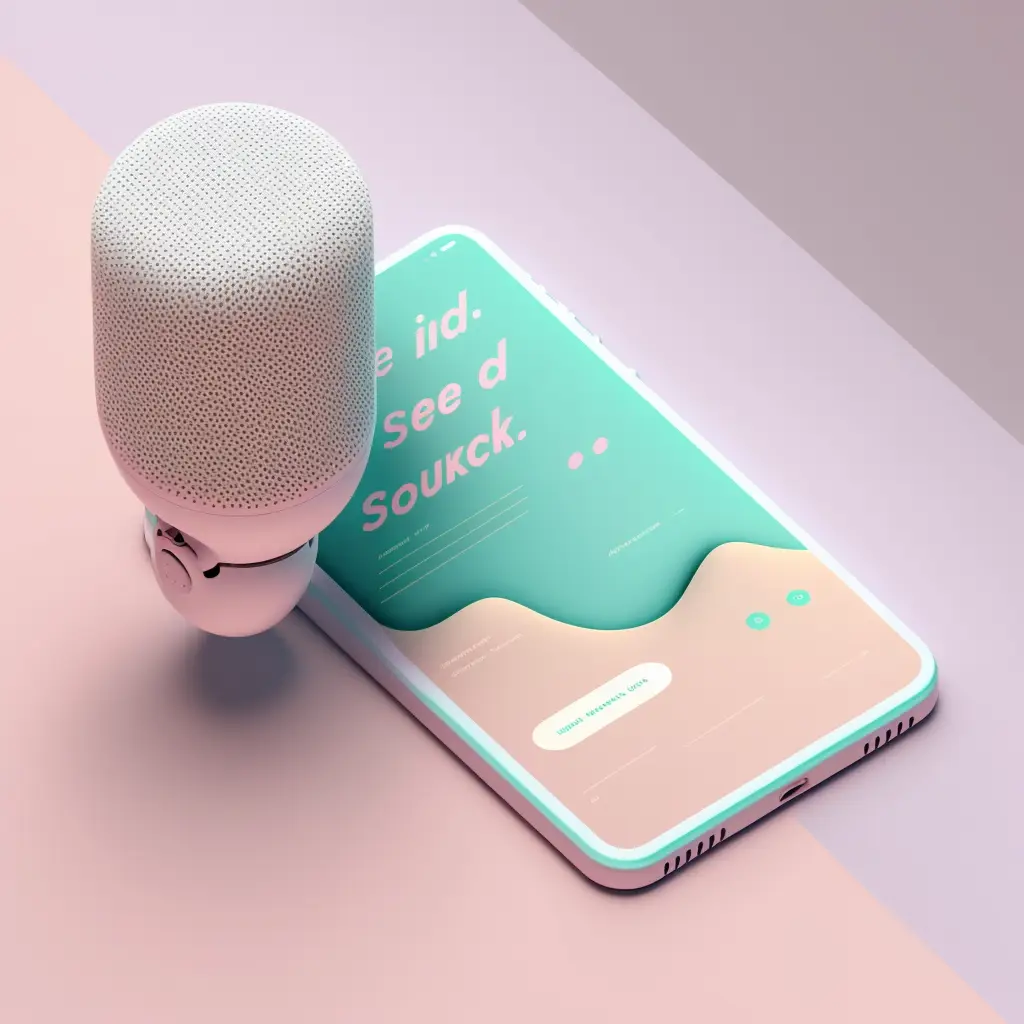
3. Human-Centered Design for Computers
Designing for Humans, By Computers to Make Technology More Accessible
Computers are consumers of information and are the layers between humans and the information. However, as technology becomes more advanced, it is becoming increasingly important for computers to be designed with the needs and limitations of humans in mind. Human-centered design for computers focuses on understanding the needs, limitations and goals of the end-users, and designing technology that is easy to use and intuitive. This approach is becoming a trend in the technology industry as it addresses the growing need for technology that is accessible and easy to use for people of all ages and abilities. Human-centered design for computers not only improves the user experience but also makes technology more accessible to a wider range of people. By designing with the needs and limitations of humans in mind, computers can be made to work for us, rather than the other way around, resulting in more efficient and satisfying interactions with technology.
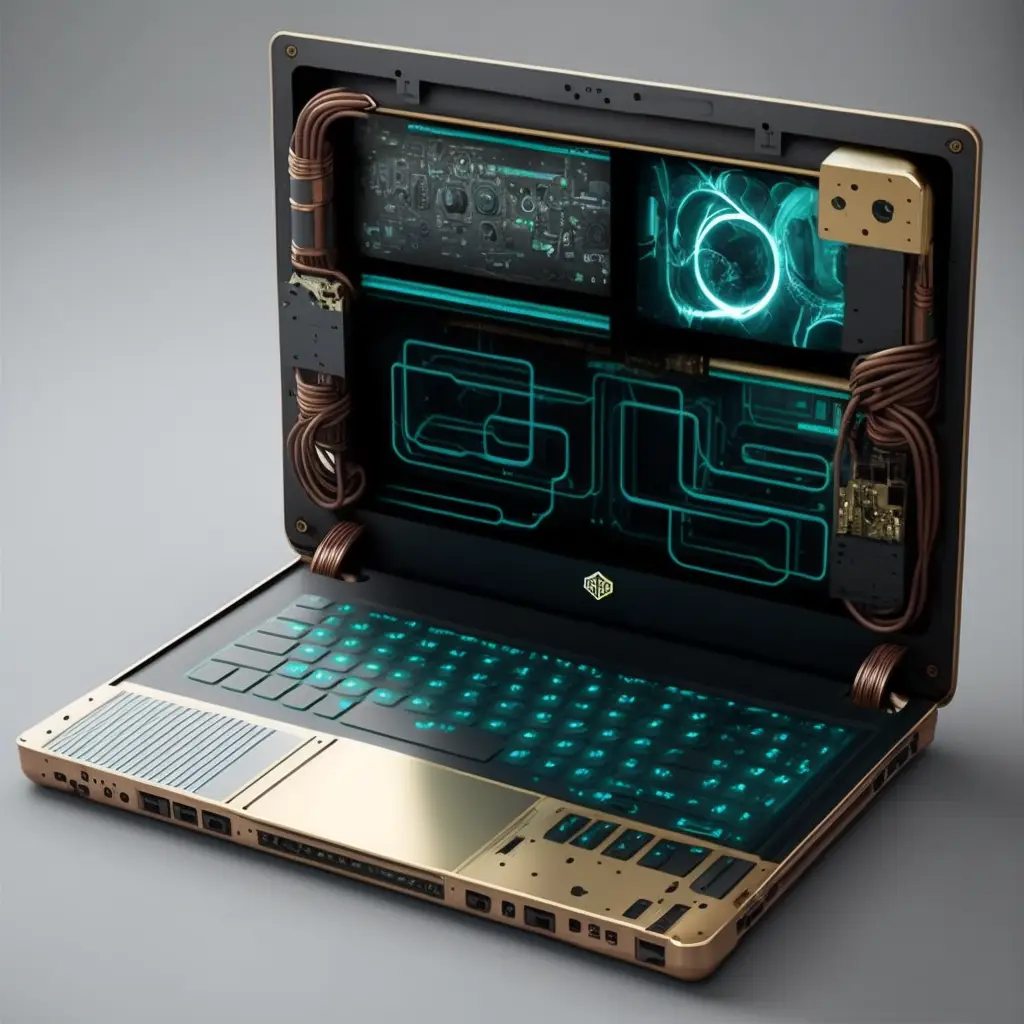
4. The Future is Now (Web 3)
Web3 is Crafting a Narrative for a Future That’s Already Here
Web3, also known as the decentralized web, is an evolution of the internet that aims to give users more control over their data and provide a more secure and private online experience. By decentralizing the web, users will be able to access services and data without relying on centralized authorities. The decentralized web allows for peer-to-peer transactions and data transfers, meaning that users can interact directly without the need for intermediaries. Furthermore, Web3 also makes it easier for users to verify the authenticity and integrity of the data they access and share. Web3 can also provide increased privacy, as users can utilize encryption to protect their data from unauthorized access. This narrative of web3, as a future that’s already here, is driven by the belief that the technology is already advanced enough to make it happen, and that people are ready for a more decentralized and open internet. The trend for web3 is driven by the increasing awareness of the need for more secure and private online experiences, and the desire for more control over personal data. As a result, web3 is likely to become more mainstream in the near future and, overall, an important step forward in providing users with more control over their data and a more secure and private online experience.
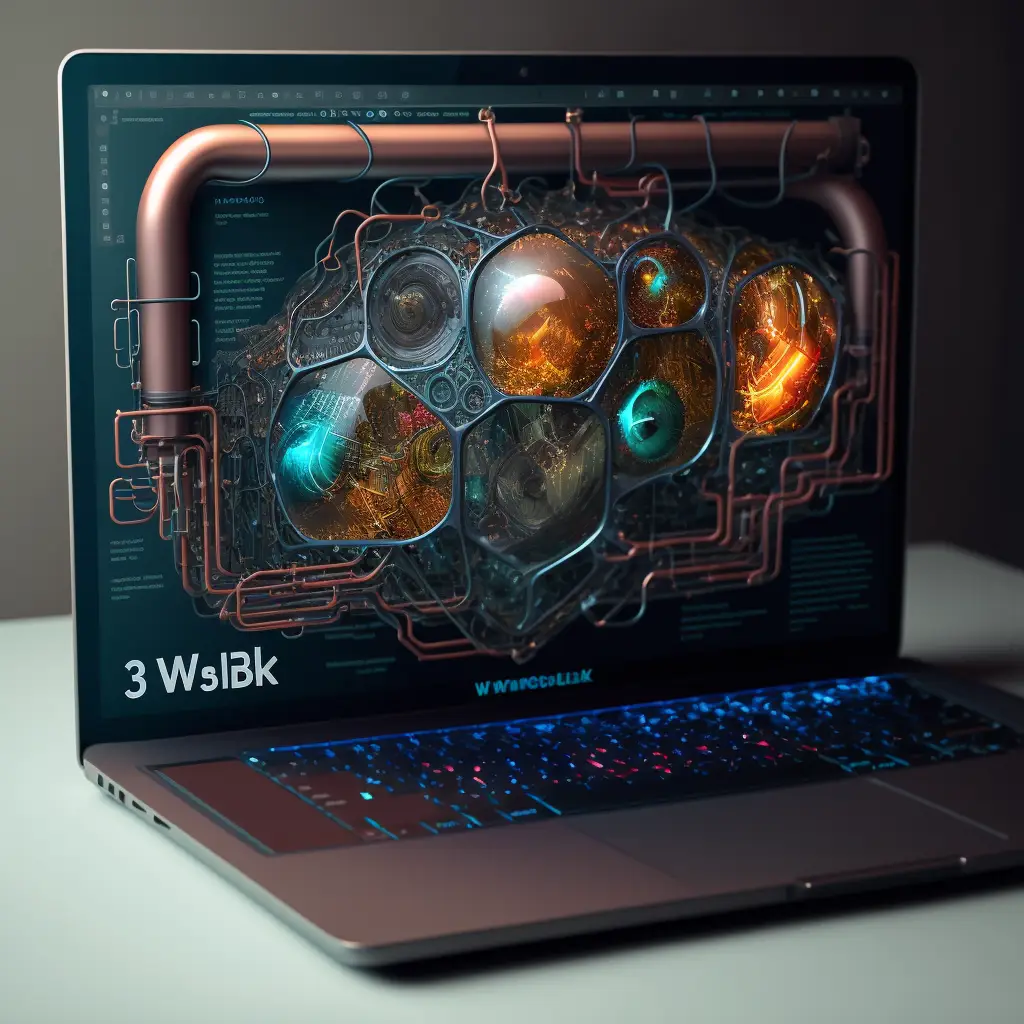
5. AI Assisted Design
The Future of User Experience
AI assisted design has the potential to revolutionize UX/UI design by using machine learning algorithms to analyze user data and predict user behavior. This approach allows for the creation of more personalized and intuitive user experiences that are tailored to the needs of the individual user. With AI-assisted design, designers can analyze data on user behavior and preferences, and use this information to create more effective and efficient designs. The result is a more elevated user experience that improves the overall usability of the product. Additionally, AI-assisted design can also be used to predict future trends in design, allowing designers to stay ahead of the curve and create products that are not just more effective and efficient, but also more innovative. Overall, AI-assisted design is a game-changer in UX/UI design as it allows designers to create more personalized, intuitive and innovative designs that improve the overall user experience.

As we look ahead to 2023, it’s clear that user experience and user interface design will play a crucial role in the success of products. RKS has a deep understanding of the latest UX/UI trends, and our predictions for the coming year reflect this. From the rise of conversational interfaces to the increasing importance of accessibility, we are well-positioned to help businesses navigate the ever-changing landscape of user experience design. Our forward-thinking approach and commitment to staying ahead of the curve will undoubtedly help continue to create products that are not only beautiful and functional, but also intuitive and user-friendly. The future of product design is exciting and we look forward to seeing the impact of these trends on the industry.
**All images in this blog were generated by AI**

